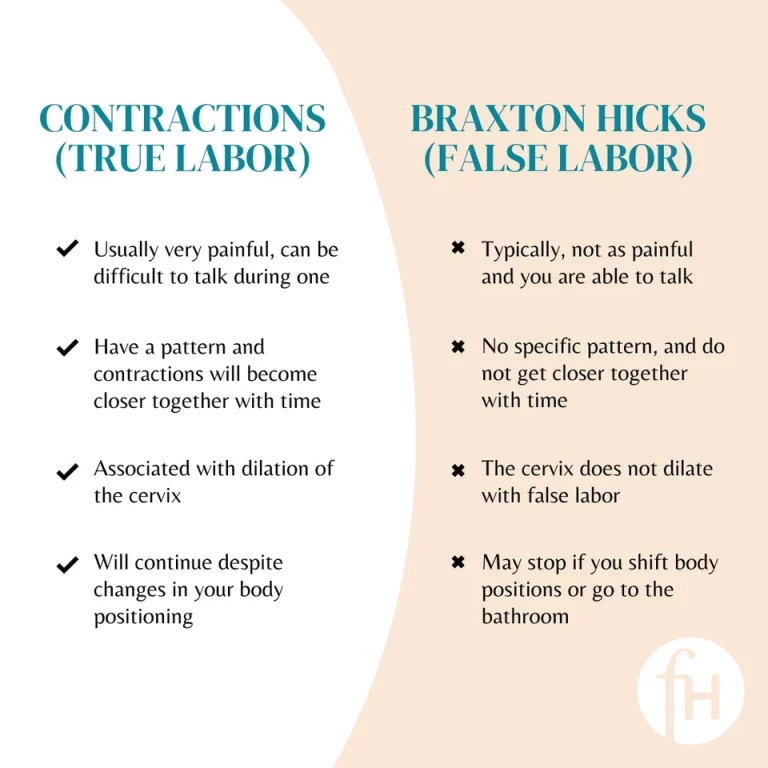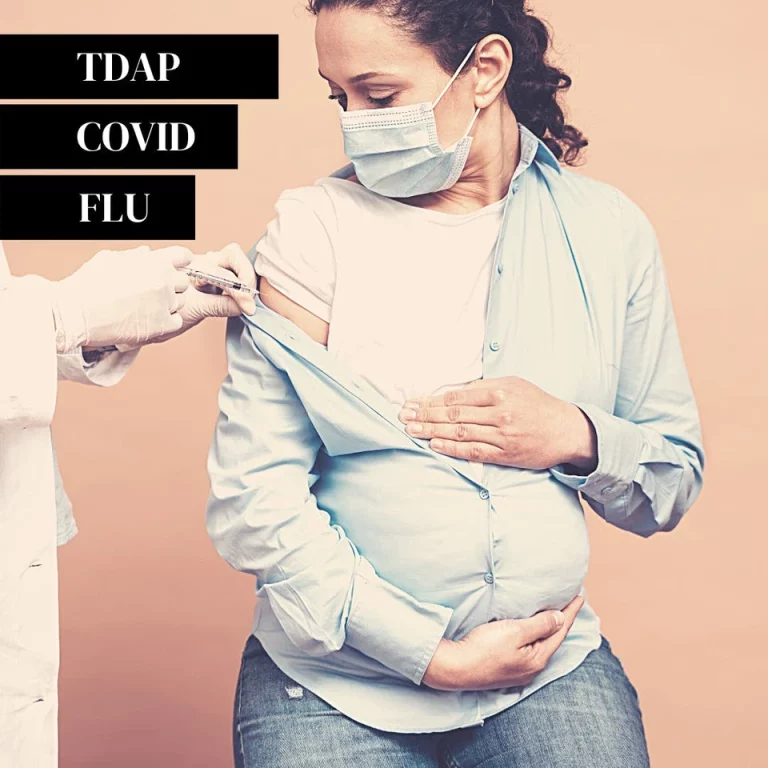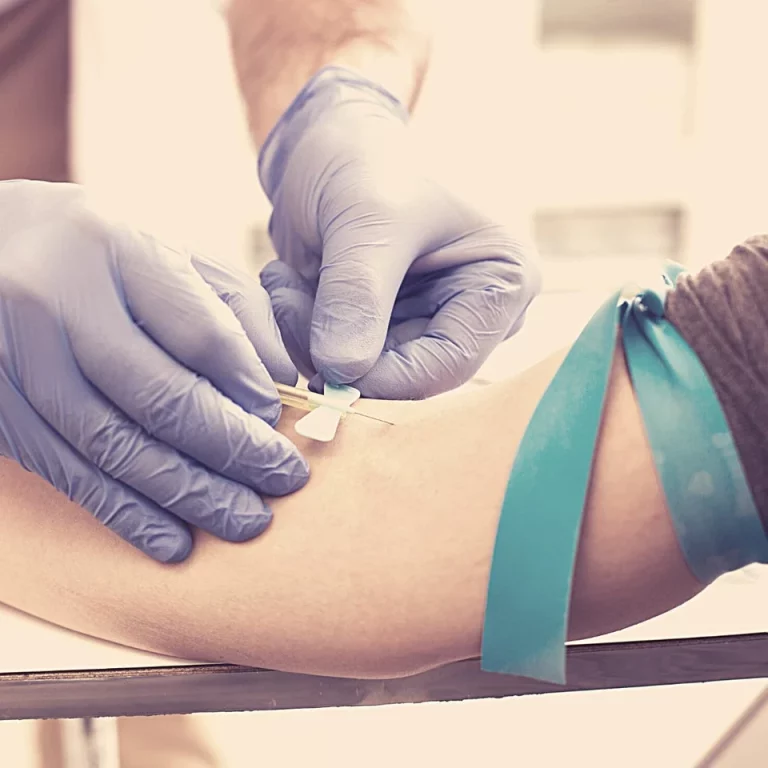Degrees Of Vaginal Tears During Birth
Vaginal tears, also known as perineal lacerations, are a common occurrence during childbirth. The amount and type of tissue that is injured determines the degree of the tear. There are four degrees of vaginal tears, ranging from first-degree to fourth-degree.
First-degree tears are the most common and involve a surface-level tear of the skin around the vaginal opening or perineum. Second-degree tears involve deeper tears of the skin and muscle, while third-degree tears extend to the anal sphincter. Fourth-degree tears are the most severe and involve a complete tear through the anal sphincter and rectum.
Vaginal tears can be painful and require medical attention. They can happen to you during childbirth. Understanding the different degrees of vaginal tears can help individuals prepare for childbirth and know what to expect during the recovery process. In this article, we will explore the different degrees of vaginal tears.
First-degree vaginal tears
First-degree vaginal tears are the least severe type of vaginal tears. These tears involve the first layer of vaginal tissue and are generally minor. They can occur around the opening of the vagina or just inside the vagina. While they are not uncommon, they typically heal on their own and do not require any medical intervention.
Women who experience first-degree vaginal tears may experience some soreness or discomfort, but this should subside within a few days. In some cases, women may experience some mild bleeding or swelling, but this is also typically minor and resolves on its own.
It is important for women who have experienced a first-degree vaginal tear to practice good hygiene and keep the area clean to prevent infection. This can be done by gently cleaning the area with warm water and mild soap, as well as wearing loose-fitting clothing and cotton underwear to allow for proper airflow and prevent irritation.
Second-degree vaginal tears
Second-degree tears are more serious than first-degree tears. They affect the moist vaginal tissue and the perineal muscles, but not the muscles around the anus. Second-degree tears are further classified into two types:
- 2nd degree superficial: This type of tear involves the skin and the muscles of the perineum, but does not extend into the muscle that surrounds the anus. This is the most common type of second-degree tear.
- 2nd degree deep: This type of tear extends deeper into the muscles of the perineum and may involve the muscle that surrounds the anus.
Second-degree tears are the most common type of tear during childbirth. They can cause moderate to severe pain, swelling, and bruising. Women who have second-degree tears may experience difficulty sitting or walking for a few days after delivery. The recovery time for second-degree tears is usually around 2-3 weeks.
Second-degree tears are usually repaired with stitches. The stitches are usually dissolvable and do not need to be removed. Women who have second-degree tears are usually advised to take pain relief medication and to avoid sexual intercourse until the tear has healed completely.
Third-degree vaginal tears
Related: Round Ligament Pain In Pregnancy
A third-degree vaginal tear is one of the most severe types of tears that can occur during childbirth. This type of tear extends from the vagina to the anus and involves injury to the skin and muscular tissue of the perineal area, as well as damage to the anal sphincter muscles. These muscles control your bowel movements, so a third-degree tear can cause problems with bowel control.
According to a study from 2020, third-degree tears happen far less often than second-degree tears, with a prevalence of 1.1-4.1% of women in the study experiencing this type of tear.
If you experience a third-degree tear during childbirth, you may need anesthesia and have it repaired in the operating room. Recovery from a third-degree tear can take several weeks, and it is important to follow your healthcare provider’s instructions for care and healing.
Fourth-degree vaginal tears
A fourth-degree tear is the most severe and least common type of vaginal tear that can occur during childbirth. This type of tear extends from the vagina, through the perineal area, and into the anal sphincter. This means that the tear involves both the perineum and the anal sphincter muscle.
Fourth-degree tears can cause significant pain and discomfort, as well as long-term complications such as incontinence and sexual dysfunction. Women who experience a fourth-degree tear during childbirth may require surgical repair to prevent these complications.
The risk of a fourth-degree tear is increased in women who have a prolonged second stage of labor, use forceps or vacuum-assisted delivery, have a larger baby, or have a previous history of perineal trauma.
It is important for women to discuss their risk of vaginal tears with their healthcare provider before delivery and to be aware of the signs and symptoms of a tear, such as pain, swelling, and difficulty urinating or having a bowel movement. Early recognition and treatment of a tear can help minimize complications and improve outcomes.
Conclusion
Understanding the degrees of vaginal tears is important for women who are pregnant or planning to have children. It is also important for healthcare providers who work with women during childbirth. The degree of vaginal tear determines the type of treatment required and the recovery time.
First-degree tears are the most common and usually heal on their own without requiring stitches. Second-degree tears are deeper and may require stitches to heal. Third and fourth-degree tears are the most severe and require immediate medical attention as they can cause long-term complications.
While it is not always possible to prevent vaginal tears during childbirth, there are steps women can take to reduce the risk of tearing. These include perineal massage, using warm compresses during labor, and avoiding pushing too hard during delivery.
It is also important for women to discuss their options with their healthcare provider and to be aware of the potential risks and benefits of interventions such as episiotomies. By working together, women and their healthcare providers can help minimize the risk of vaginal tears and ensure a safe and healthy childbirth experience.
We discuss products we think are useful to people. If you buy something through our links, we may earn a commission. Remember to check with your personal physician to see if a product recommended is right for you.








